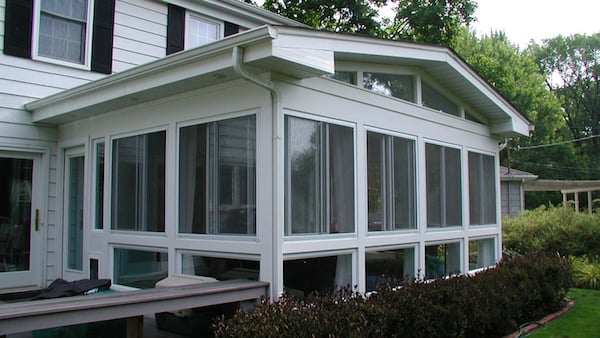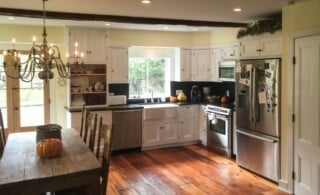
A room addition is an excellent option for homeowners for many reasons. They are cost-effective, you can custom tailor them to fit your home and needs, and they are an excellent option for those who are attached to their current home or just don’t relish the idea of moving into a larger residence. Still, a house addition is a major undertaking and it’s important that you plan ahead and make sure that it’s the right decision from both a practical and financial standpoint before you move forward.
Establish a Budget for your Room Addition
Perhaps the best place to start with your home addition plans is the cost. If you don’t want to get in trouble down the line, you need to establish a realistic budget from the get-go. How much can you afford to spend? How much do you have saved away? How much are you going to need to borrow and what kind of monthly payments are reasonable for you to make? There are a number of financing options that you can take advantage of to help you pay for a major house addition, including home equity loans, home equity lines of credit, 2nd mortgages, and contractor loans. All that being said, make sure you understand all the terms of any loans you take out, and be certain that you’re going to be able to foot the bill when the invoices start to arrive.
Think of a Room Addition in Terms of Investments and Returns
Once you’ve set a baseline budget for your house addition, it’s time to sit down and weigh whether the addition you desire makes sense with your current home. Unless you’re in the home you plan to stay in for the rest of your life, you should be thinking in terms of investment and returns when you move on to this stage of the planning. Say you spring for a $50,000 addition to your home. Ideally you want to get most of that investment back when you sell. If you live in a modest neighborhood of one story ranch homes, adding a sprawling second story isn’t the most money wise decision. You’re probably better off moving to a larger home in that case. If you’re thinking about something a little less extensive, however, like a kitchen or bath remodel, or adding on a family room or master bedroom, then you’re talking about a reasonable sized addition that will add value to your home that you can expect to get back.
Ready to start your room addition?
Find ProsDrawing up Basic Room Addition Plans
If you’ve set your budget and determined that your addition is a wise investment for your home and neighborhood, then it’s time to start planning for specifics. How much extra room do you think you’ll need? Where on your property do you have room for an addition and where do you want your addition to sit? Also, start to think about the current layout of your home, and where your new living spaces are going to blend best into the existing floor plan. Draw up some basic plans, jot down your ideas, then start calling in some contractors to run your plans by. Bring in at least three professional remodeling contractors to get bids, opinions, and ideas from before you make any decisions. By getting multiple bids, you’ll be able to weed out contractors who are charging too much and those who are undercutting their competitors and likely providing cut rate work as well.
Trust your Contractor
Once you’ve chosen a quality contractor to work on your new addition, it’s important to take a step back and trust the professionals to do the job right. Remember, they have years of experience working on these additions. That being the case, it’s important that you keep yourself informed as to how your project is coming along, while letting your contractor do what they do best at the same time: building the best possible room addition onto your home you can hope for.
 Checklist: Disability Remodel
Checklist: Disability Remodel  How to Prepare for a Kitchen Remodel
How to Prepare for a Kitchen Remodel  Major Steps to Planning for a Home Addition
Major Steps to Planning for a Home Addition  How Can I Remodel for a Vintage-Style Kitchen?
How Can I Remodel for a Vintage-Style Kitchen?  3 Bathroom Remodels You Can Afford RIGHT NOW
3 Bathroom Remodels You Can Afford RIGHT NOW 

Are You Familiar With This Topic? Share Your Experience.